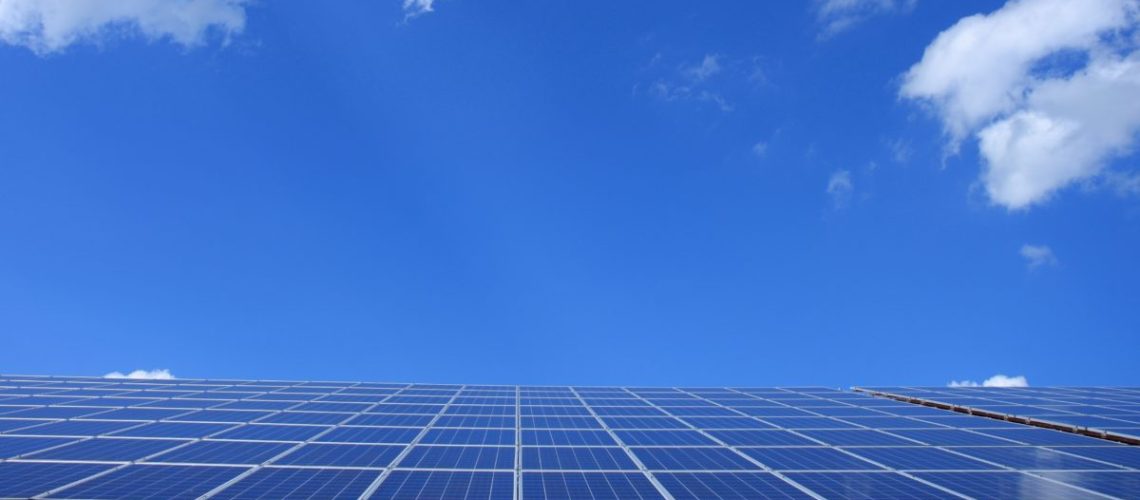The U.S. Department of Treasury said it has received a massive influx of applications for the Energy Community tax credit adder designated for renewable energy projects under the Inflation Reduction Act (IRA).
Treasury said that it is overwhelmed by the number of applications, and that the volume of project capacity exceeds the allocation for Energy Community credit next year by as much as 400%.
The Inflation Reduction Act of 2022 includes a 30% investment tax credit for the cost of developing renewable energy resources, provided developers meet labor requirements. Another 10% adder is applied to projects in energy communities, which have now been defined by the IRS:
- A brownfield site – defined as real property, the expansion, redevelopment, or reuse of which may be complicated by the presence or potential presence of a hazardous substance, pollutant, or contaminant and certain mine-scarred land.
- Statistical area – a metropolitan statistical area or non-metropolitan statistical area with a 0.17% or greater unemployment rate and 25% or greater tax revenues related to fossil fuel extraction, processing, transportation, or storage. These areas must also have an unemployment rate at or above the national average unemployment rate for the previous year.
- Coal closure – a census tract (or a census tract directly adjoining such census tract) in which a coal mine has closed after December 31, 1999, or in which a coal-fired electric generating unit has been retired after December 31, 2009.
Treasury reported that in the initial 30-day application window, the Low-Income Bonus Credit Program received more than 46,000 applications for new solar and wind projects. This represents 8 GW of capacity, while the 2023 allocation for credits is 1.8 GW. Another 1.8 GW is allocated for 2024.
The tax credit applications show that billions of dollars of renewable energy projects are actively being developed across the U.S.
As demand exceeds available tax credit allocations, Treasury will prioritize projects owned by nonprofits, local or Tribal governments, or worker cooperatives. A lottery system may be used to allocate any remaining credits.
An Energy Community mapping tool from the U.S. Department of Energy can be found here.



